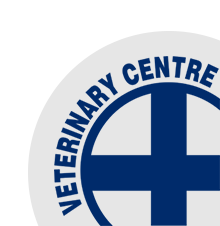Lameness
/The summer period is often a time when lame cow numbers increase, this can be a result of how cows have been managed in the season so far, wet weather, thin soles and stressors that have occurred during the calving period.
The numbers can be made worse with people having time off .
If we get a bout of wet weather it is worth taking the time to improve drainage off the edge of tracks. Take a spade and open up the grass, a spades width wide at regular intervals to allow water to drain off the track. The grey box shows a good spot to cut away the grass.
If you have an underpass, keep it free of water and slurry. Make sure that sump pumps are working properly, sumps are cleaned out and pumps are turned on when it rains.
If you have a section of lane that is chronically wet, especially just prior to the yard, consider scrapping the surface. Wet areas slow cow flow which means that more pressure has to be put on cows to get them on the yard and the moisture increases the foot problems. Scrapping lanes can damage the top surface of the lane, but these are often damaged when you get to this stage anyway, however it can allow them to dry out faster and improve cow flow. Look at a more permanent fi x over the dry period.
Have someone who can do lame cows every day or every other day. It becomes much harder to start treating doing them when there are heaps in the mob. They also get a lot worse.





